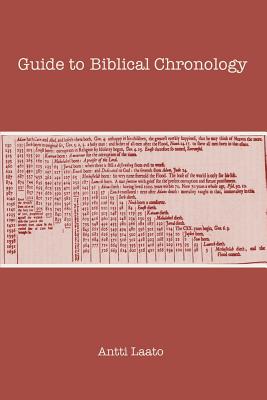Guide to Biblical Chronology

Guide to Biblical Chronology
PRP: 243.87 Lei
Acesta este Prețul Recomandat de Producător. Prețul de vânzare al produsului este afișat mai jos.
219.48Lei
219.48Lei
243.87 LeiLivrare in 2-4 saptamani
Descrierea produsului
Detaliile produsului









